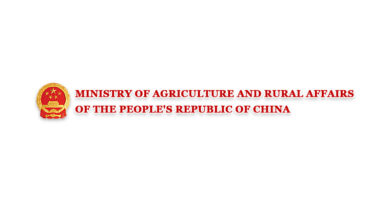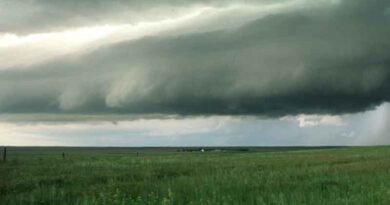World Food Day: How can data science and modelling help smallholders adapt to climate change?
16 October 2022, Ghana: Data science and modelling are relatively new concepts when it comes to farming. For centuries, smallholders have carefully passed down agricultural skills from generation to generation. They depended on this knowledge. And stable seasons and weather meant this information remained relevant for years.
However, climate change has brought with it erratic conditions. New scenarios are forcing family farmers to abandon the techniques they have shared. Unexpected droughts, floods and changes in temperature destroy their crops. But they lack the knowledge to address the unpredictability.
For example, in a +2°C environment, aphids can reproduce an extra five generations each year. The pest problems that smallholders face are becoming overwhelming. How do they adapt to a rapidly changing and unstable environment? Digital technology is helping to answer this question.
The benefits of data science and modelling
Data science and modelling offer a solution. These dynamic new fields in agricultural technology are helping farmers to adapt. As climate change contributes to an increasingly uncertain future, they support decision-making. They show how environments are changing and how pests are spreading. But they also reveal how to address these problems.
From managing invasive species to strengthening plant health systems, high-quality data helps farmers. It can advise them on pest management, crop and variety choices, and the timing of agricultural tasks. Data modelling supports decisions that farmers must make around all of these things.
Furthermore, data science and modelling help smallholders make more sustainable farming choices, for example, decisions around natural, sustainable pest control. Farmers can use technology to address climate change and protect the environment simultaneously.
At the heart of this technology are predictive models. These models help smallholders understand what might happen – tools to navigate uncertainty. What happens in a cooler or warmer year? What agricultural practices can they employ to protect crops from drought or flood? What must they do today to safeguard tomorrow?
Data science and modelling can make a big difference to smallholders. Farmers face conditions that do not make sense to them anymore. Technology can help guide them through the uncertainty.
PRISE and data science and modelling
One concrete example of this is the Pest Risk Information SErvice (PRISE). It is an early-warning information system that provides farmers with alerts. These alerts notify the farmers of the best times to take action to protect their crops. The service builds resilience to climate shocks by supporting preventative measures. Since 2017, the service has reached over 1.8 million farmers in Ghana, Kenya, Malawi and Zambia.
PRISE is showing remarkable success. The service held a phone survey following the 2019-20 short rains season in Kenya. It focused on smallholders receiving alerts about the fall armyworm pest. And it showed that 60% of smallholders reported changing their farming practices based on the alerts’ recommendations.
The PRISE consortium is examining how it can expand from its focus on plant pests. Could it grow to a risk warning system that delivers information about weather risks? Can it expand to include a strong climate change angle?
Using a data science and modelling in hybrid advisory services
While technology is important, we must also combine it with on-the-ground support. Once a farmer has received new information, they will often need help implementing it. Hybrid approaches that combine technology with face-to-face advice are often more effective than digital-only approaches. For this reason, we must invest in agricultural advisory services.
How we deliver information is essential. Farmers might be dismissive of advice given over text messages. Or the service might provide the recommendations in the farmer’s second language and might, therefore, be unclear. Agricultural advisory services can discuss any question the farmer has. They can support the move from traditional information delivery to technology. They can help to manage the perceived risks that farmers might have.
Data science and modelling have a vital role to play in modern farming. They can help smallholders to grow more crops and safeguard their livelihoods. And they can help them adapt to climate change. Technology can provide solutions when traditional systems no longer give the farmers the answers they need. It provides a little more certainty in an uncertain world.
Also Read: Louis Dreyfus Company Initiates New Program to Educate Smallholder Farmers on Sustainable Cotton Farming
(For Latest Agriculture News & Updates, follow Krishak Jagat on Google News)















